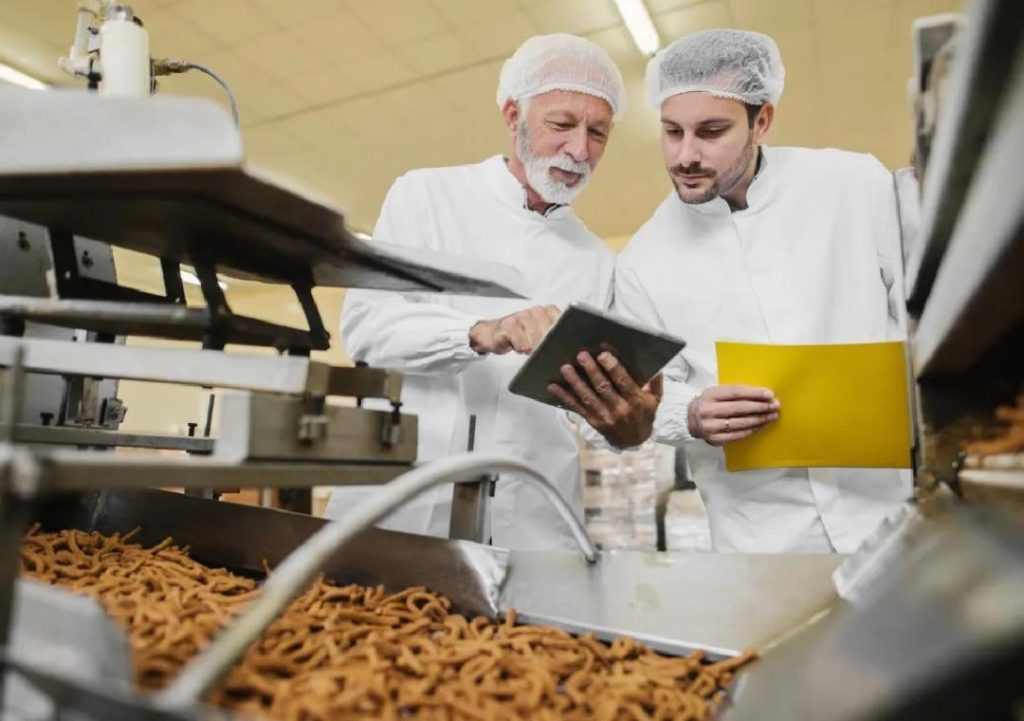
Can P&L Optimisation Redefine Success in Food Technology?
The food technology industry is undergoing a significant transformation, driven by the increasing demand for efficient and sustainable production methods. With the rise of e-commerce, online ordering, and meal kit delivery services, food tech companies are facing unprecedented challenges in managing their profit and loss (P&L) operations. However, by leveraging automation, smart inventory systems, and data analytics, these companies are streamlining their P&L processes, cutting waste, sharpening demand forecasting, and making better decisions.
In this blog post, we’ll explore how P&L optimisation is redefining success in the food technology industry and what strategies businesses can adopt to stay ahead of the competition.
The Importance of P&L Optimisation in Food Tech
Food technology companies generate revenue by producing and selling food products, often with varying profit margins. However, with the increasing complexity of the food supply chain, managing P&L operations has become a daunting task. Poor inventory management, inadequate demand forecasting, and inefficient production processes can lead to significant losses, making it challenging for businesses to maintain profitability.
P&L optimisation is critical in food tech because it enables companies to:
- Reduce waste: By optimising inventory levels, food tech companies can reduce spoilage, overproduction, and waste, resulting in significant cost savings.
- Improve demand forecasting: Accurate demand forecasting enables businesses to produce the right quantities of products, reducing inventory costs and ensuring that they meet customer demand.
- Enhance decision-making: P&L optimisation provides real-time visibility into financial performance, enabling businesses to make informed decisions about production, pricing, and inventory management.
- Increase profitability: By reducing waste, improving demand forecasting, and making better decisions, food tech companies can increase their profit margins and ensure sustainable growth.
Strategies for P&L Optimisation in Food Tech
To achieve P&L optimisation, food technology companies can adopt the following strategies:
- Automation: Implement automation tools, such as data analytics software, to streamline P&L operations, track inventory levels, and monitor financial performance in real-time.
- Smart Inventory Systems: Implement smart inventory systems that use data analytics and machine learning algorithms to predict demand, manage inventory levels, and reduce waste.
- Data Analytics: Leverage data analytics to gain insights into customer behavior, market trends, and competitor activity, enabling businesses to make informed decisions about production, pricing, and inventory management.
- Scalable Models: Adopt scalable business models that enable companies to adapt quickly to changing market conditions, ensuring that they can respond to shifts in demand and supply.
- Collaboration: Foster collaboration between production, logistics, and finance teams to ensure that everyone is aligned and working towards the same goals.
Case Studies: P&L Optimisation in Food Tech
Several food technology companies have successfully implemented P&L optimisation strategies, resulting in significant improvements in profitability and sustainability. For example:
- Meal Kit Delivery Service: A meal kit delivery service implemented a smart inventory system that used data analytics to predict demand and manage inventory levels. As a result, the company reduced waste by 30% and increased its profit margins by 20%.
- Food Manufacturing Company: A food manufacturing company implemented automation tools to streamline P&L operations, track inventory levels, and monitor financial performance in real-time. As a result, the company reduced production costs by 15% and increased its profit margins by 10%.
Conclusion
P&L optimisation is critical in the food technology industry, as it enables companies to reduce waste, improve demand forecasting, enhance decision-making, and increase profitability. By adopting automation, smart inventory systems, data analytics, and scalable models, food tech companies can stay ahead of the competition and ensure sustainable growth. As the industry continues to evolve, it’s essential for businesses to prioritise P&L optimisation to maintain profitability and competitiveness.
Source:
https://www.growthjockey.com/blogs/p-and-l-operations-in-food-tech






